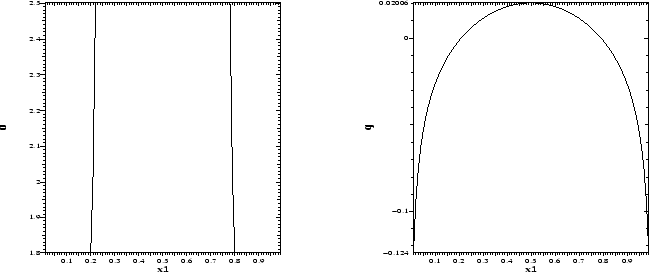 |
Numerical techniques have been developed for solving semilinear elliptic control problems subject to control and state constraints. In the first part of two papers on this subject, boundary control problems with either Dirichlet or Neumann boundary conditions have been treated. We have proposed discretization schemes by which the elliptic control problem is transcribed into a nonlinear programming problem. Since both control and state variables are treated as optimization variables, the resulting NLP-problem is a high-dimensional problem with a sparse structure. Testing different optimization codes, we found that the interior point method LOQO of Vanderbei, Shanno [23] is particularly efficient and reliable. The algorithm provided solution for all types of controls: regular controls, bang-bang controls and singular controls. In each case, we have checked the necessary conditions of optimality for the adjoint variables.
After finishing this paper, we learned about the paper of Bergounioux et al. [2] where interior point methods are compared with methods developed in [3].
We are currently extending our approach to include a test of second order sufficient conditions (SSC). The test of (SSC) can be performed by showing that the projected Hessian of the Lagrangian is positive definite. The importance of (SSC) lies in the fact that it provides a basis for sensitivity analysis and real-time control of perturbed systems; cf., e.g., [7,8]. Presently, we are carrying over these techniques to elliptic control problems.
Acknowledgement: We would like to thank Professor Fredi Tröltzsch
for discussions on the necessary conditions for Dirichlet boundary conditions.